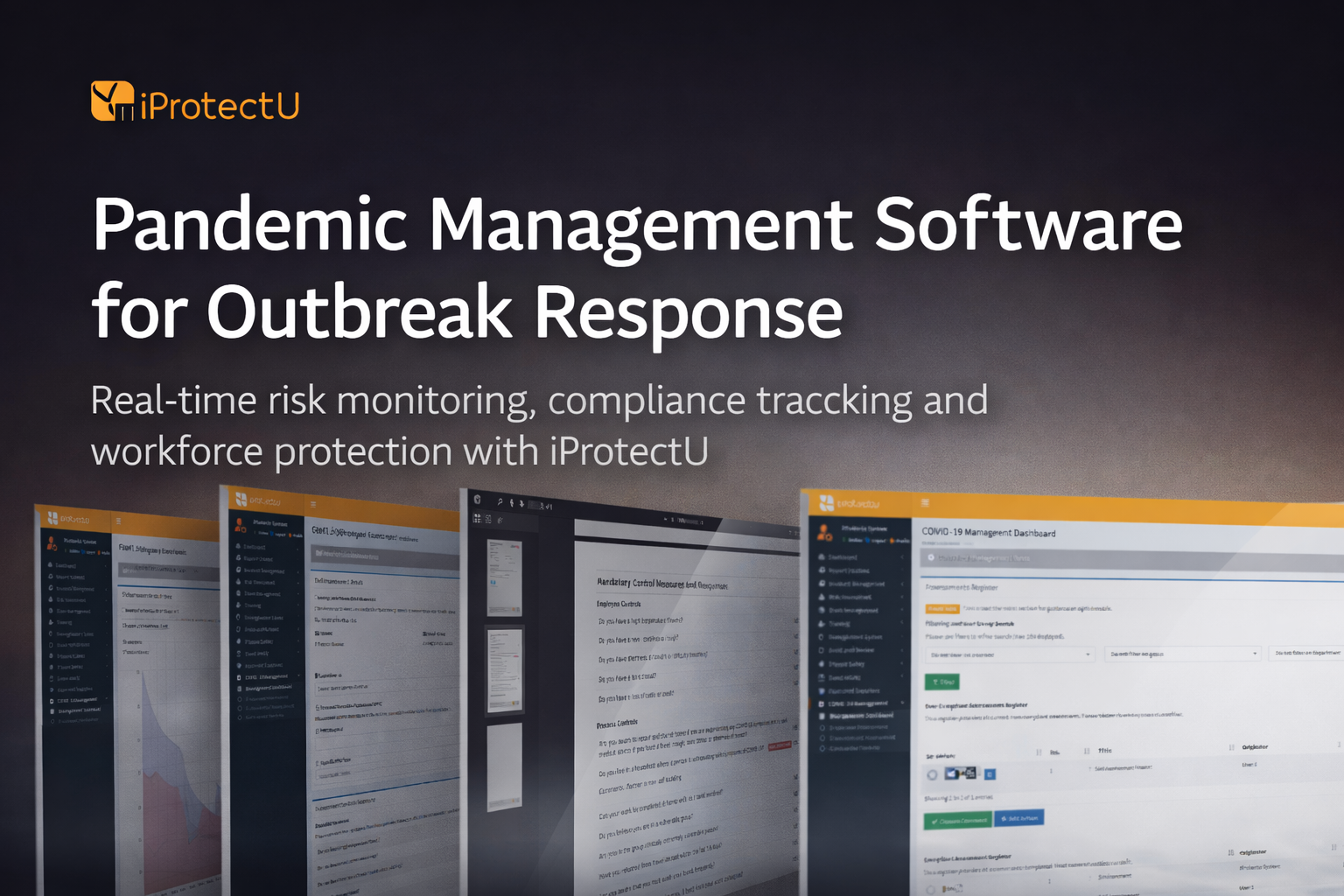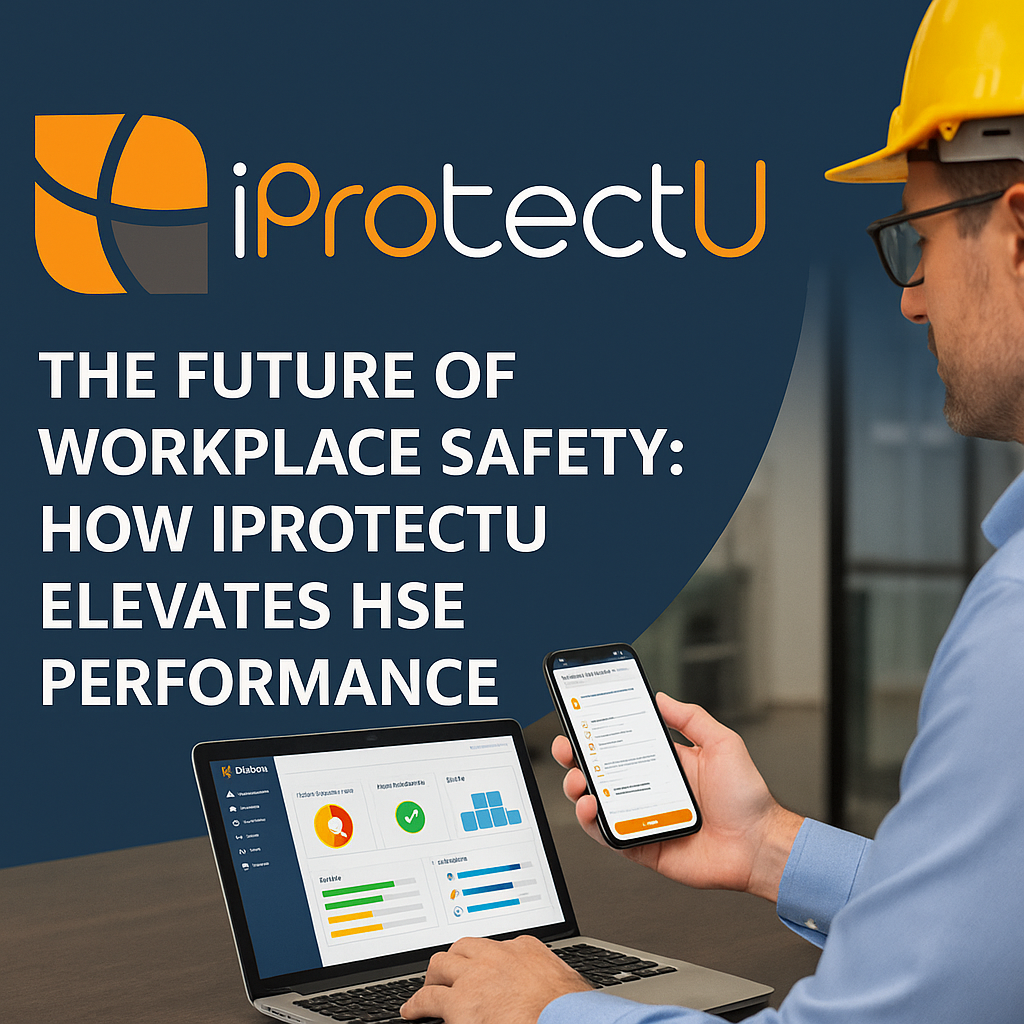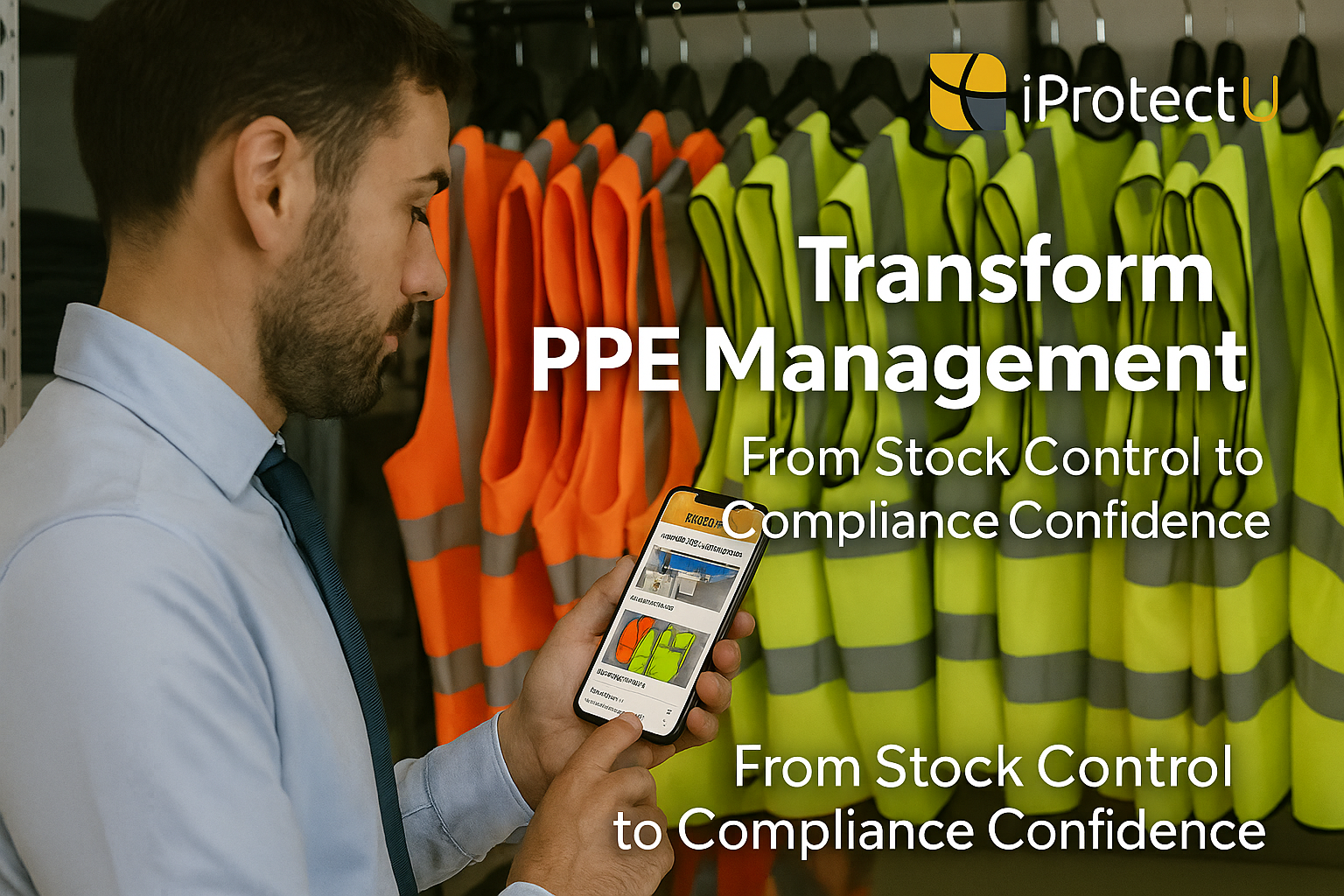
How Pandemic Management Software Helps Organisations Respond to Europe’s Escalating Flu Outbreak
Europe’s rising influenza activity underscores the importance of having the right digital tools in place.
Health and Safety Software » Health and Safety Software News » Driver and Fleet Management » Driving for work and planning a safe journey

Driving for work includes any individual who uses a company vehicle(s) or their own vehicle to drive themselves and / other people – including the public to and from work, or within the workplace setting. As well as four wheeled vehicles, included are two wheelers, for example, motorbikes, scooters and bicycles. Freight hauliers include trucks, forklifts, mobile cranes, roadside vehicles and all construction site vehicles. Public transport drivers include those who operate trains, trams, buses and taxi drivers. Commuting to work is not generally classified as driving for work, except where someone’s journey starts from their home and they are travelling to a work location that is not their normal place of work. Whilst Employers and Drivers don’t have control over the conditions of the roads and other traffic, they can promote good policy and behaviour to ensure safe journeys and mitigate against risks.
Driving for work includes any individual who uses a company vehicle(s) or their own vehicle to drive themselves and / other people – including the public to and from work, or within the workplace setting. As well as four wheeled vehicles, included are two wheelers, for example, motorbikes, scooters and bicycles. Freight hauliers include trucks, forklifts, mobile cranes, roadside vehicles and all construction site vehicles. Public transport drivers include those who operate trains, trams, buses and taxi drivers. Commuting to work is not generally classified as driving for work, except where someone’s journey starts from their home and they are travelling to a work location that is not their normal place of work. Whilst Employers and Drivers don’t have control over the conditions of the roads and other traffic, they can promote good policy and behaviour to ensure safe journeys and mitigate against risks.
iProtectU EHS includes integrated driver safety management software that supports businesses with the management of their drivers licencing and International Institute of Risk and Safety Management (IIRSM) approved training.
Please book a demo or contact us to discuss how our software can support you.
When planning the journey, peak traffic times must be taken into account, especially if there is a time constraint in the delivery of goods. Drivers should not feel pressurised to exceed safe speed limits because of agreed arrival times. The routes must be safe for the vehicle to use, for example, a large freight hauler may not fit on a small country road. It might be possible to eliminate/reduce long road journeys by combining with other modes of transport, for example, use of freight trains. There must be access to toilets and washing facilities en route. Rest breaks must be planned. If possible the driver should not be exposed to sudden road closures such as marches on streets by pedestrians / road works which could make for a very sudden long complicated journey.
When driving for work the road construction should be taken into account for example, bridges, tunnels and level crossings may pose a problem for high and long vehicles. Large vehicles may need to do complicated manoeuvres to turn safely, so road ways they can do this on must be used. With any journey, the driver must be aware of any one-way systems as this may impact journey time. As is practically possible, drivers should avoid hazards such as sharp or blind bends.
Poor weather conditions can impact the journey. This includes high winds, snow, torrential rain, black ice, extreme humidity and heat. In hazardous conditions the vehicle may need winter tyres, anti-lock brakes and the correct strength of windscreen washer fluid in freezing conditions. High sided vehicles which are carrying light loads may topple over in high winds, or, trees and roadside objects may fall on them. Roads that are unduly slippery should be avoided or at least checked before the journey that they have been gritted. Employers must assess all weather situations and cancel or postpone a journey in line with local weather advice and exercise the best advice to drivers.
Loading and unloading are among the most hazardous transport activities. Good communication and planning is crucial, as drivers may be working for different service providers or even speaking different languages. There must be noted communication between the driver and the consignor (the person/company who actually places the load onto the vehicle). If possible, mechanical means should be used for loading/unloading. If a driver has to work at height on a vehicle during its stationary phase, falls can occur. Personal fall protections systems (arrest equipment or restraint systems) and personal protective equipment must be provided and used. Drivers should use the correct anti-slip footwear. The vehicle transporting the load should be able to safely transport everything it is required to move, including equipment for loading and unloading, such as a lift truck. Anti-slip coatings could be used on critical areas and steps.
The appropriate load securing devices and harnesses should be used to secure the goods and equipment on the vehicle, these include fastening straps, chains and adjustable brackets. The vehicle must have suitable attachment points for these load securing devices. The load on the vehicle should not likely become unstable; it should be checked at intervals through out the journey. Procedures must be in place in the event of load shifting. When tipping a load from a vehicle (for example, gravel) it should be done on even ground and by an experienced driver. Good manoeuvring is critical; turning the vehicle with a raised body, for example, can cause a vehicle to tip over. The vehicle should not exceed the correct maximum load weight for which it is intended.
When driving within the work site, for example in an unloading/loading bay, the area must be kept free of obstructions. Drivers should know ahead of time where they are to park when delivering/picking up goods. All driving surfaces on-site must be even and not slippery. On-site areas must be clearly marked with signs, and, any hazards highlighted. In the design of an on-site traffic system, there must be separate safe pedestrian and site visitor areas, for example, designated car parking areas when visiting a manufacturing plant or a retail premises. The public should not be allowed in any work site areas such as lift truck operating areas and loading/unloading bays. When reversing into a loading area, wheel stops may be useful to guide the Driver. If parking on a slope, wheel chocks or stops should be used. Hauliers and site operators should have areas which are safe for coupling and uncoupling (unhitching lorry and truck parts).
Drivers can feel sleepy between the hours of 2pm and 4pm and 2am and 6am. There should be a work ethos in place where drivers feel that they can stop driving if they feel tired. The Highway Code recommends that drivers take a 15 minute break every 2 hours. Other distracted driving causes include stress, migraine and flu. Some prescription and over the counter medicines can cause drowsiness. Any driver under the intoxication of alcohol or drugs should not drive. Even the morning after drinking alcohol or hours later, the driver may still not be in a fit state to drive. The driver has a responsibility to themselves and others who use the road.
If drivers have had a long day or have worked irregular hours there may be a risk associated with driving home after they have finished – in this case an overnight stay might be advisable. Where appropriate, tachographs should be fitted to vehicles which record driving time, speed and distance. Where fatigue is a potential risk, drowsiness detection technology is likely to be effective, although this should not replace proper shift scheduling/rotation of drivers.
Arrange your demonstration
Let us show you how we can transform your health and safety, risk and compliance management
Please choose a date and time for your demo. We look forward to meeting with you.

Europe’s rising influenza activity underscores the importance of having the right digital tools in place.

iProtectU is proud to support the Final Straw Foundation’s Native Oyster Restoration Project, helping restore

When a national voice like IBEC publishes your perspective, it matters.
This week, iProtectU

Modern HSE software has evolved into a strategic necessity, empowering organisations to manage risk proactively,

Managing personal protective equipment (PPE) doesn’t have to be a paperwork struggle. With iProtectU, safety

From work experience to an Amazon internship. Read how iProtectU helped empower a young talent